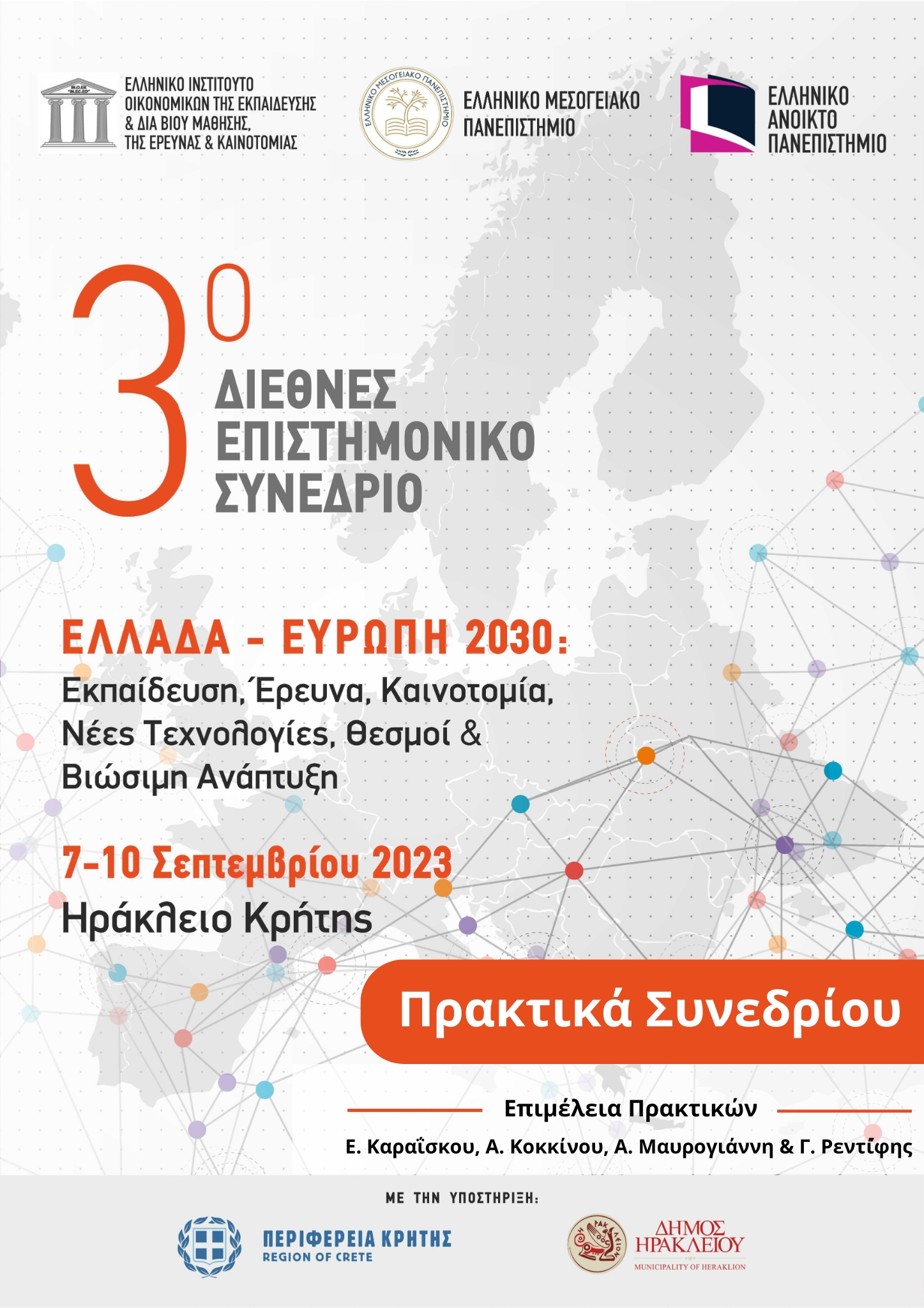Education economics research: A lognitutal overview (1993-2022)
Abstract
Abstract
The connection of Education and Economic Research has grown significantly, allowing for systematic and bibliometric analyses. Interestingly, no bibliometric research has yet been done on the relationship between them (EdER). To fill this gap, our study uses bibliometric techniques by conducting a statistical review of 4335 published studies and quantifying their impact on the scientific community, focusing on three prominent sources, namely: Economics of Education, International Journal of Educational Development and Economics of Education. We performed a bibliometric review, both qualitative and quantitative, using publications through the Scopus index from Finance topics published in the previous three decades, as well as the R-language bibliometrix data analysis software. The search revealed a variety of results, including information on the most prominent authors and journals. We also explored the topics and current research trends in the field of education economics, as well the evolution of research streams and trends in EDER fields.
Keywords: Education, Economics Research, Bibliometric Data Analysis
Article Details
- Section
- Εισηγήσεις

This work is licensed under a Creative Commons Attribution 4.0 International License.
Authors retain copyright under a Creative Commons Attribution that allows others to share the work with an acknowledgement of the work's authorship and initial publication in the proceedings.


